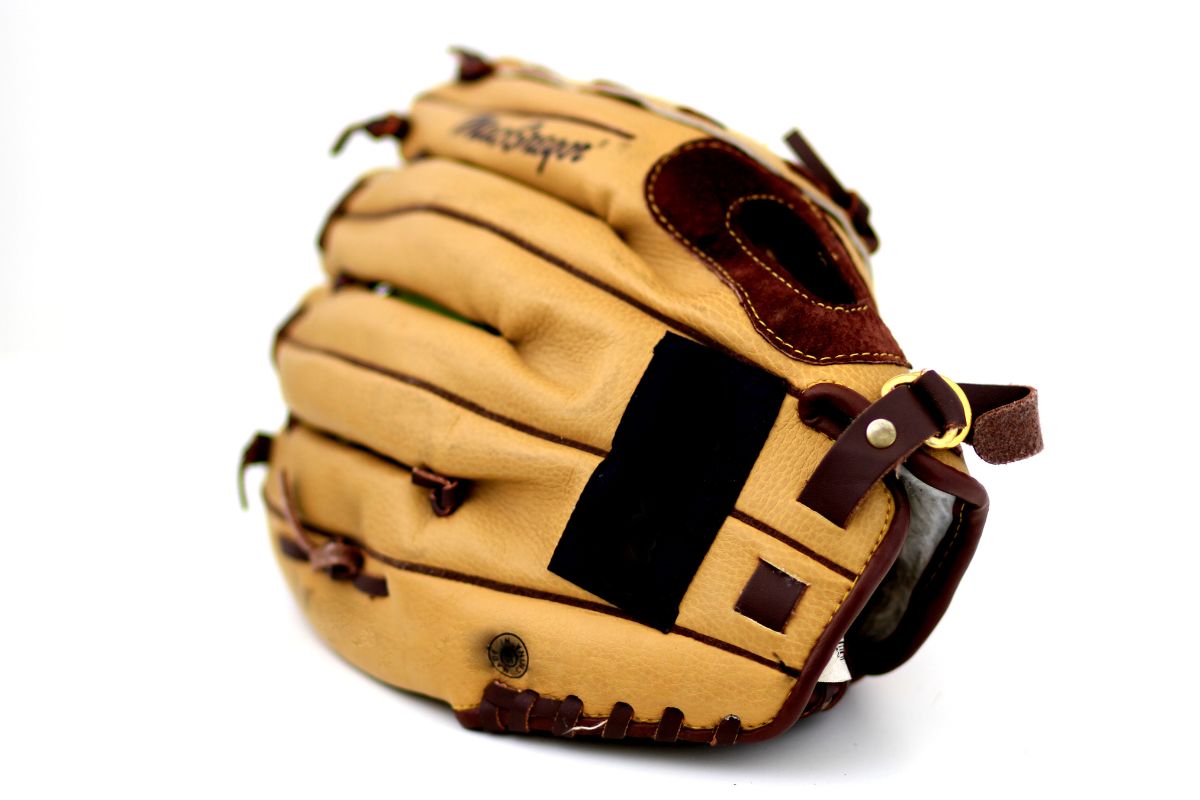To relace your baseball glove, you should follow a few simple steps. Read this guide to do everything properly.
Choosing the Right Lace
Finding the ideal lace for your baseball glove is pivotal to both its performance and longevity. The lace is not just a component; it’s the backbone that holds the entire glove together. When selecting a replacement lace, the first aspect to consider is the material. High-quality leather laces are preferred for their durability and flexibility. They tend to age better and adapt to the shape of your hand and the glove over time, ensuring a personalized fit.
Another crucial consideration is the diameter of the lace. Standard baseball glove laces typically range between 3/16-inch to 1/4-inch. Choosing the right thickness affects not only the look but also the functionality of the glove. Thicker laces provide more strength and are ideal for the glove’s fingers and the web. In contrast, thinner laces might be preferable for areas requiring more flexibility.
The length of the lace also matters, with different parts of the glove necessitating various lengths. Here’s a quick guide:
| Part of Glove | Recommended Lace Length |
| Fingers | 72 inches |
| Web | 96 inches |
| Palm | 72 inches |
| Thumb | 48 inches |
Lastly, color might seem like a minor detail, but it can be significant for players who value the aesthetic of their gear. While traditionalists may prefer the classic brown or black, there’s a wide range of colors available to match personal or team preferences. Remember, the right lace does not just hold the glove together; it augments your grip, control, and confidence on the field.
Tools Needed for Relacing
When planning to replace the lacing on a baseball glove, it’s essential to have the right tools on hand to ensure the process goes smoothly and the end result feels professional.
Firstly, you’ll need a lacing needle or a lacing tool, specifically designed for weaving the lace through the small holes in the glove. These needles usually have a screw mechanism at the end that securely holds the lace as you pull it through the glove’s leather. Another critical component is the leather lace.
The quality and type of lace you choose can greatly affect the glove’s performance and longevity. Most experts recommend a high-quality, genuine leather lace that matches the glove’s original lacing to maintain the glove’s integrity and feel. You’ll want to ensure you have enough length; typically, a 72-inch lace is sufficient for a standard infield glove, but outfield gloves may require more.
Lastly, having a pair of sharp scissors and a leather conditioner on hand is vital. The scissors will cut the old lacing and trim the new lace to the perfect length after relacing. The leather conditioner is used after the lacing job is complete, to ensure the glove remains supple and pliable. It helps in preserving the glove’s leather, extending its lifespan, and making the glove ready for the next game. With these tools, relacing a baseball glove can be a straightforward and rewarding task, significantly extending the life and improving the performance of one of the most cherished pieces of equipment in the sport.




